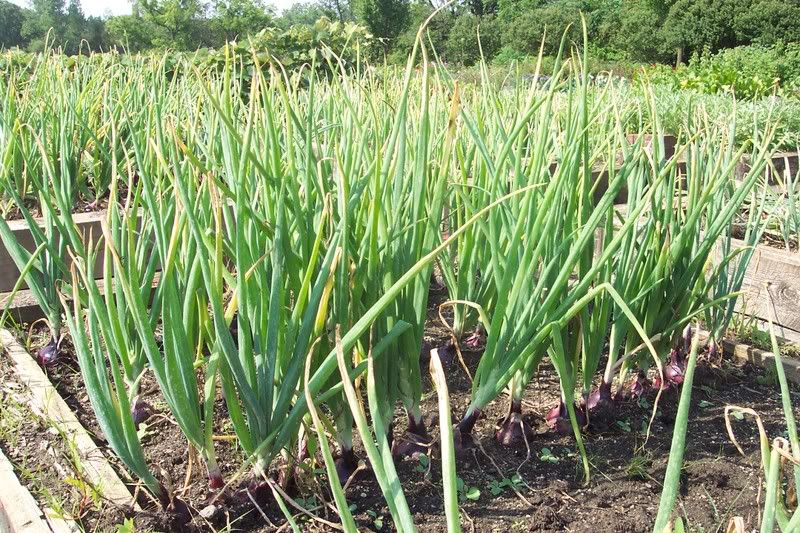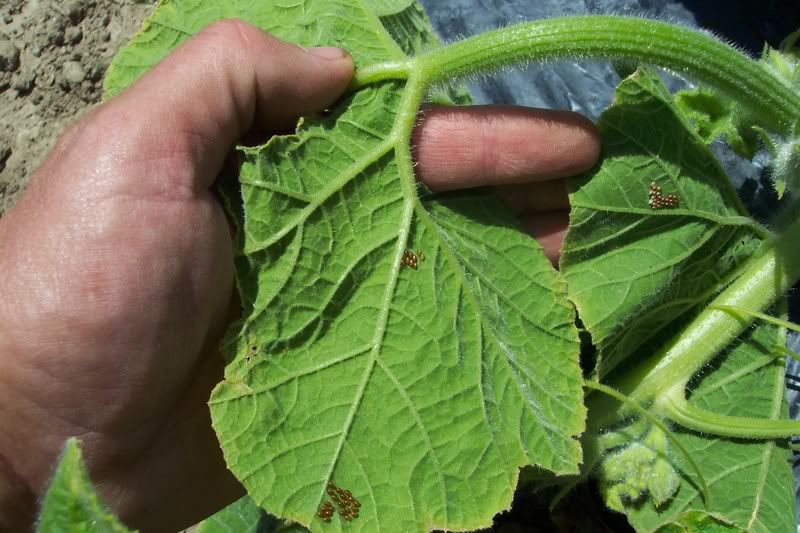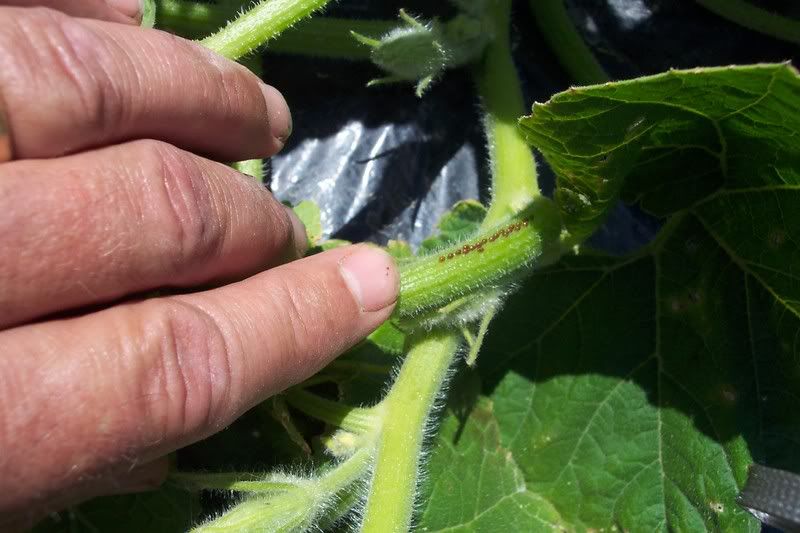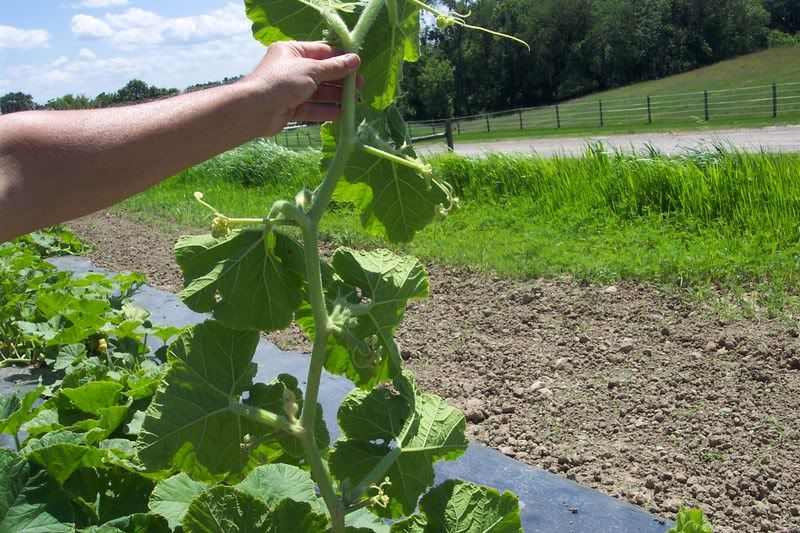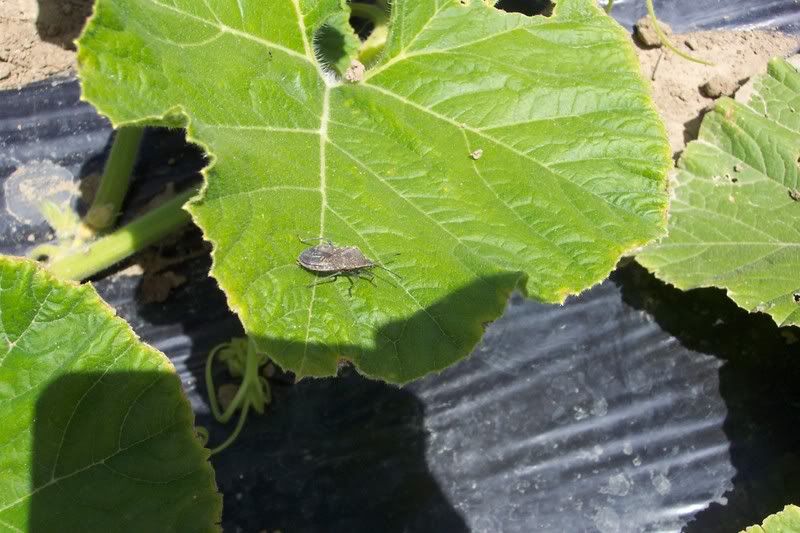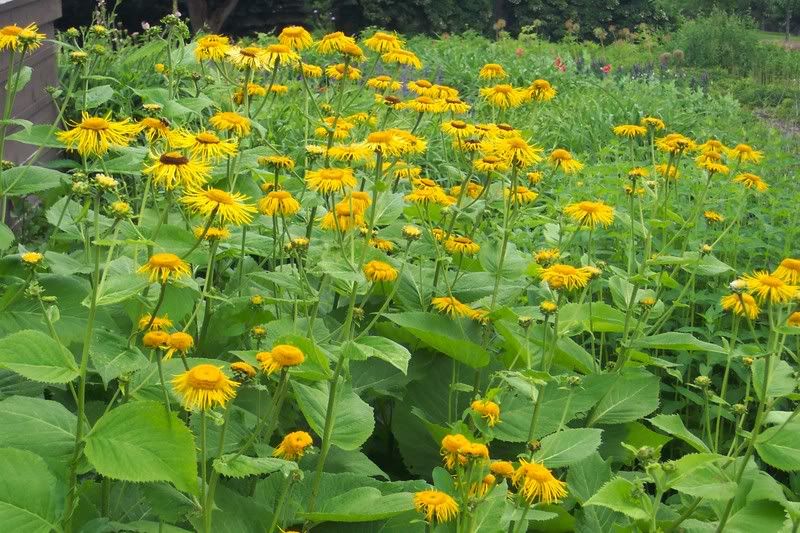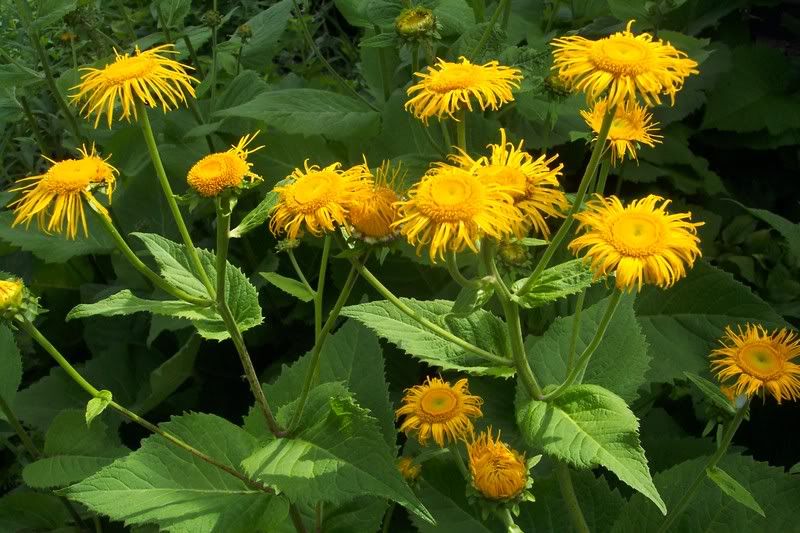The garden of annuals that I take care of at work is looking very good right now. Its peak blooming season is July and August. It will have color in it even as late as early October if we don’t get an early frost.
Though with nighttime temperatures in August in the low 50′s , I wouldn’t be surprised if we had temperatures in the low 40′s in September and frost before October this year. Be ready to cover your tomatoes!
The flowering annuals are all in good shape. I haven’t noticed much downy mildew this season, which is usually a big problem for this garden. And the Zinnias are only now starting to get a little browning of the bottom leaves. That’s a disease called Alternaria Leaf Spot. .
I am vey pleasantly surprised that the 12 ” tall reddish orange Cosmos called ‘Cosmic Red’ are blooming very heavily. We’ve deadheaded them three times this summer. So, they take a lot of work but each plant has 30 blossoms on it and looks quite stunning.

Next to it is the tall blue Ageratum ‘Blue Bouquet”. The colors do well together, plus I like to use some blue in all my gardens.
Next to it is a short 10-12″ bushy Zinnia called Zinnia ‘Profusion Apricot”. It’s full of 1 1/2 – 2 inch single daisy-like blooms of various shades of apricot. Just a little deadheading keeps the zinnia profusion series blooming well into the fall. The description in the catalogs says it doesn’t need deadheading at all but I do a little just to freshen it up.

A King Fisher just “chuttered” overhead. He flew so close and turned his head to look at me so that you would think that he was trying to figure out what a human was doing in that garden so early!
On the other side of this bed in front of me is a new marigold( to me anyway). It’s called ‘Fireball’. It is 18″ tall, orangey yellow with a little bicolor shading it it. It’s done very well and is full of blooms. Marigolds are another flower that don’t need deadheading but we do a little. I probably planted it 12″ apart so it’s nice and thick.
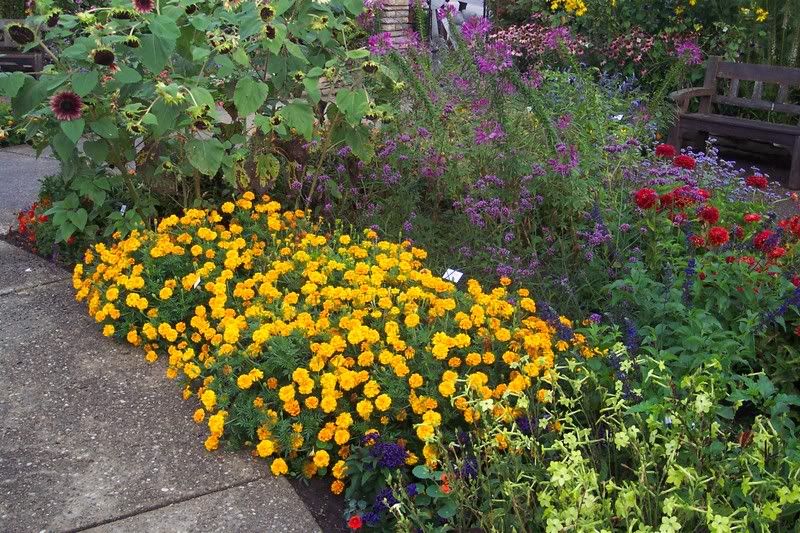
That’s all for now. I’ll tell you about some more annuals in my next blog.
Bye now, Judy

